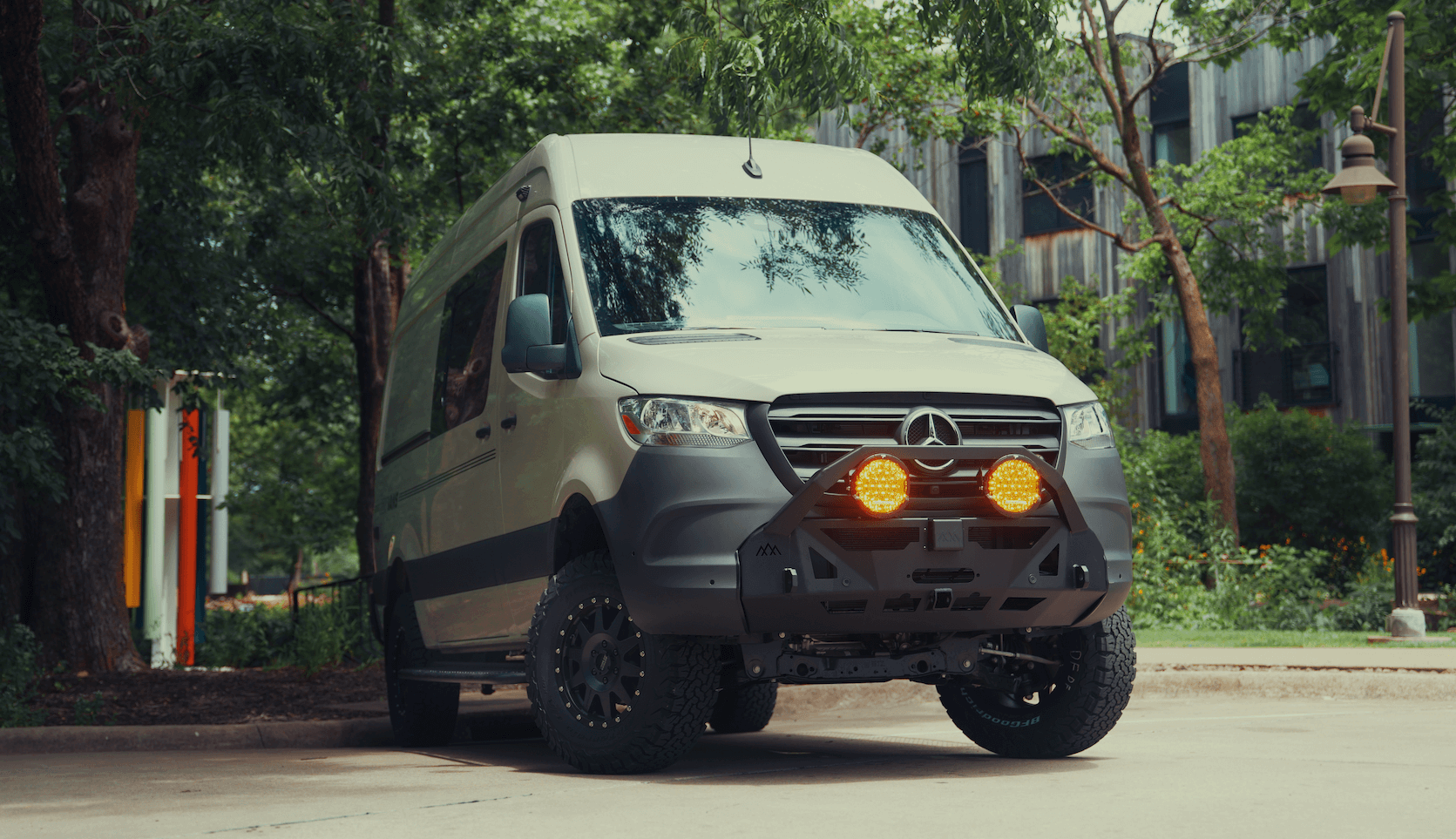Recreational Vans

Standby modes are low power states that keep electronics ready to respond while consuming far less energy than full operation. Instead of shutting off completely, devices maintain memory, network presence, or sensor awareness so they can wake quickly. You see this in televisions listening for a remote, phones that doze between notifications, and generators waiting for an automatic transfer signal. The benefit is speed and continuity. The tradeoff is a residual draw often called standby power or a phantom load.
Not all standby is the same. Computers support layered sleep states ranging from ultra low memory refresh to instant on with network listening. Home appliances keep microcontrollers alive so clocks and settings persist. Network gear can enter energy efficient modes that slow link speeds while retaining connectivity. In energy systems, inverters use search mode that periodically pulses for a load before fully engaging, saving meaningful watt hours over time.
Standby power may look small in isolation but adds up across a cabin, house, or van. A television at one watt, a modem at six, an inverter idle at eight, and a couple of chargers can quietly consume a chunk of daily capacity. Measurement is the foundation. A plug in meter for household gear or a shunt based monitor for a battery bank reveals which devices sip more than expected. Once you can see the draw, you can choose smarter settings or hardware.
Look for standards and labels that target low standby consumption. Energy Star criteria drive manufacturers to cap idle draw on many categories. IEC 62301 defines how to measure standby power consistently so results are comparable. For power electronics, check specifications for idle consumption, search mode thresholds, and no load current. In mobile applications, pay attention to quiescent draw on DC to DC chargers, solar charge controllers, and monitors.
Vehicles and adventure rigs add a twist. Modern modules remain awake briefly after you lock the doors, then go to sleep to protect the starter battery. Add aftermarket gear without a strategy and parasitic draw can climb enough to drain batteries between trips. Good design uses low quiescent components, fused distribution, and clear power domains so house loads cannot quietly pull from the starter. Smart battery monitors help confirm that sleep current matches the design target.
Off grid power benefits from thoughtful standby choices. A compressor fridge may sip only when cycling, but its control board still needs a steady supply. A heater that maintains glow elements for fast restarts can draw more than expected. Starlink and cellular systems can be scheduled so you stay reachable without running full tilt overnight. The right combination of search mode, scheduled sleep, and wake triggers lets you preserve battery life while keeping essentials ready.
Standby is about readiness, but safety and reliability come first. Medical devices, sump pumps, and ventilation that protects air quality should not depend on aggressive sleep. Generators in true standby must start under load and should exercise on a schedule to maintain reliability. For computers, hibernate may be better than light sleep when you need long protection without a charger. Always test wake behavior after changing settings to ensure nothing critical is missed.
In design terms, think through the user story. Do you need voice assistant microphones awake at night, or will a wall switch do in the morning. Should cabin lights be ready at the door button, or is a manual switch preferred to avoid any draw. Small decisions like these determine whether standby saves the day or slowly erodes your usable capacity.
If you want standby to serve your travel style, build it into the system plan. OZK designs van and truck interiors around real usage, then maps power behavior to match. We specify low draw components, set inverter and charger thresholds, add switched circuits where it counts, and validate sleep current with a calibrated monitor. Explore our Recreational vans, see how we approach tailored interiors with Custom build vans, or review finance friendly options on Mainstream vans.
Ready for a quieter, smarter electrical system that stretches every amp hour without sacrificing comfort. Share your must haves, your routes, and your off grid plans, and we will turn them into a power profile that feels effortless day to day.
Ready to tame parasitic draw and make your rig smarter? Tell us how you travel and we will design standby, sleep, and wake behavior that matches your lifestyle. From inverter search mode and DC power distribution to solar charging and remote monitoring, OZK Customs builds systems that stretch battery life without sacrificing comfort. Start your custom plan now.
Ready to tame parasitic draw and make your rig smarter? Tell us how you travel and we will design standby, sleep, and wake behavior that matches your lifestyle. From inverter search mode and DC power distribution to solar charging and remote monitoring, OZK Customs builds systems that stretch battery life without sacrificing comfort. Start your custom plan now.
ADDRESS:
6159 E Huntsville Rd, Fayetteville, AR 72701
PHONE:
(479) 326-9200
EMAIL:
info@ozkvans.com